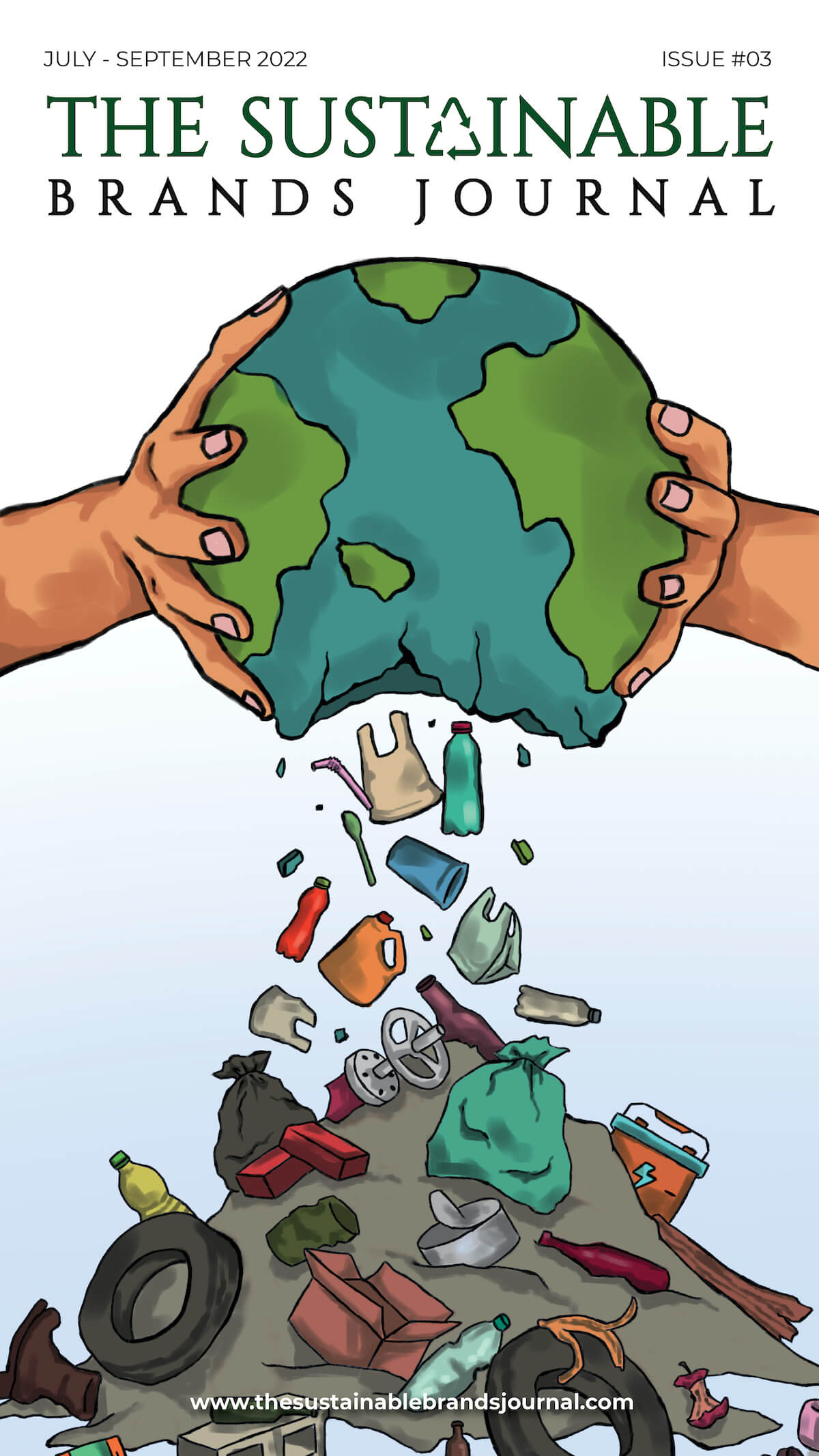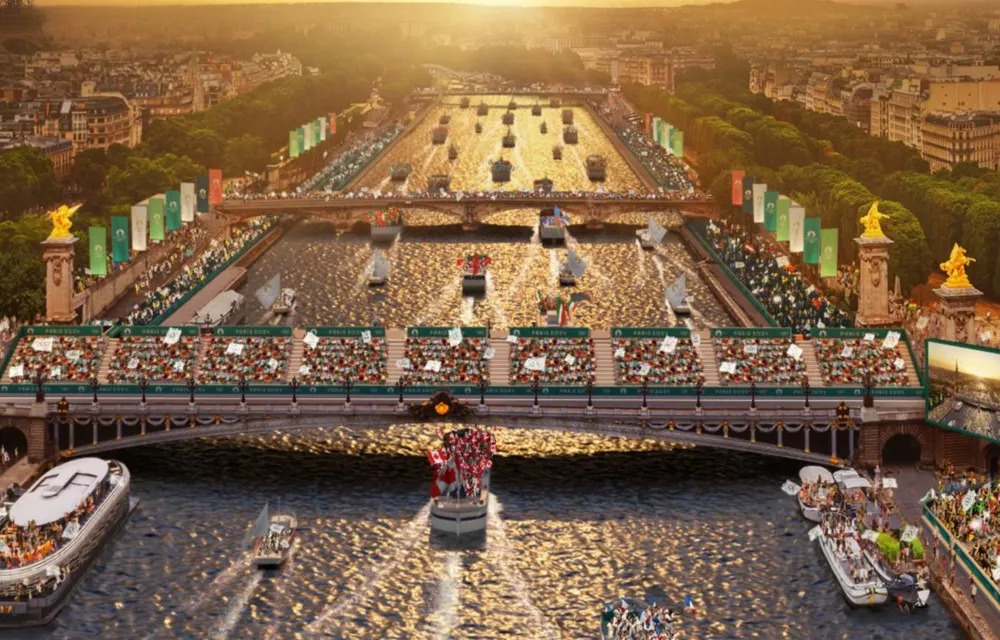
How is the Paris Olympics Sustainable?
Paris Olympics 2024 showed an unprecedented commitment to environmental responsibility and sustainability. However, the event has recently concluded. It’s time to reflect on the promises the Paris Olympics made in terms of being more environmentally responsible and sustainable. The Paris 2024 Games created opportunities for several new social projects, aiming to promote the development of green innovative solutions and fast-track sustainable transformations.
So, how is the Paris Olympics sustainable? Let’s find out.
How is Paris Addressing the Carbon Footprint of the Olympics?
Paris Olympics 2024 set the target of halving the carbon footprint compared with the average of Olympics in 2012 (London) and 2016 (Rio), i.e. 3.5 million tonnes of CO2 equivalent.
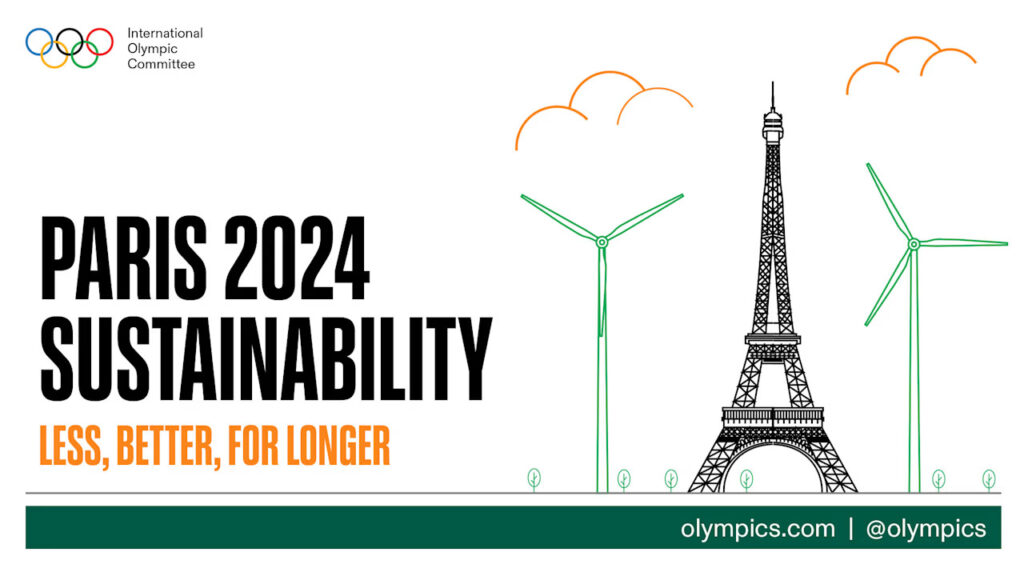
To do so, it will take into account both direct and indirect carbon emissions. Its actions to reduce carbon emissions are integrated into all operations, including construction, furniture and equipment used in the event, energy sources, and catering.
1. Recycle, Repurpose, and Reuse
The circular economy strategy of the Paris Olympics 2024 was based on three key principles. These include organizing the event with fewer resources, better using these resources, and ensuring these resources have a second life after the event.
- Almost 95% of the event’s venue was pre-existing or temporary. Moreover, when the Games are over, the Aquatics Center will continue to serve the local Seine-Saint-Denis community.
- Encouraging shared use whenever possible, it reduced the amount of furniture needed from the initially estimated 800,000 to 600,000 items.
- Almost three-quarters of the two million pieces of sports equipment were either rented or provided by the sports federations.
Medals are definitely the most precious items for athletes. This year, athletes took a small part of the most iconic symbol of Paris, the Eiffel Tower. Yes, you guessed it right. Each medal had 18 grams of the original iron from the Eiffel Tower, inserted at the heart of the medal. This approach highlighted the circular economy messaging. Even the gold and silver used in the medal are 100% recyclable.
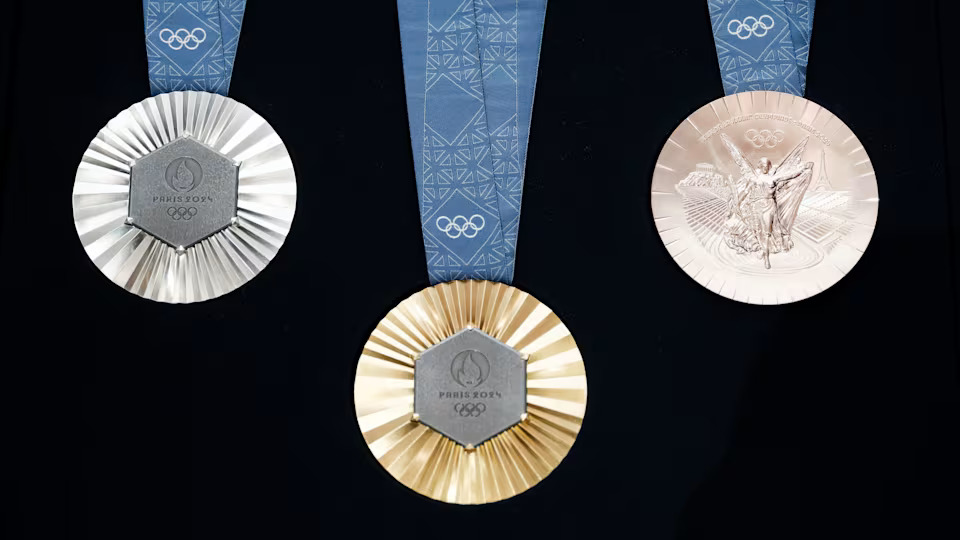
The furniture is also eco-designed. Coffee tables made from recycled badminton shuttlecocks, chairs made from recycled bottle caps, bean bags made from parachute fabric, and sofas made from Vauban barriers.
2. A Second Life for Equipment and Furniture Used in the Olympics
It takes a lot of time, effort, and resources to furnish the Games’ venues with appropriate conditions. They required 25% fewer items than the organizing committee initially expected they’d need.
Paris Olympics 2024 promised 100% second life for the equipment and furniture used in the events.
They’ll do so either via donations, resale, or recovery. Over 16,000 mattresses and pillows will be donated to reuse for beneficiaries. This includes the Paris Opera Ballet School. Even the Olympic Village will be transformed, after the event, into a new business and residential district. It will provide apartments for 6,000 people and workplaces for an additional 6,000 people.
Single-use plastic used in catering will be reduced by half while reusing 100% of catering equipment and infrastructure after the events.
3. Transport Shorter Distances and Lower Carbon
The organizers of the Paris Olympics 2024 structured the event to take advantage of the existing public transport network. This would be reinforced by more than 400 km of new bike lanes.
The travel time for athletes has been minimized since more than 80% of the Games venues are situated within 10 Km of the Olympic Village.
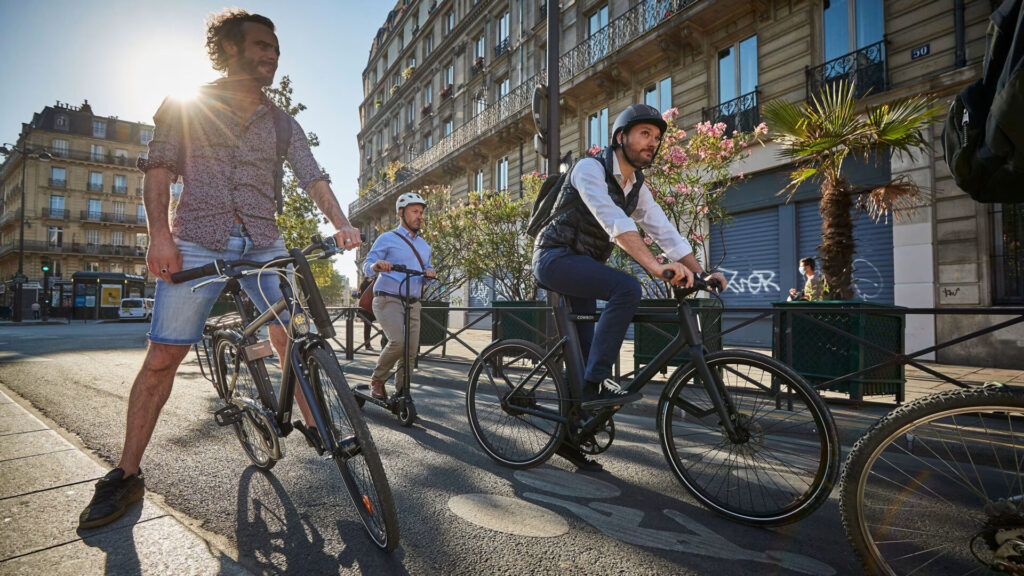
Moreover, all venues are accessible via public transport. Public transport operators also planned to expand their services, including buses, metro, and trains, in the Paris region by 15% as compared to regular summer traffic. To further reduce the negative impact of transport, the vehicle fleet carrying the athletes will be optimized. There would be 40% fewer vehicles than in the previous games.
4. Use Geo-Positioned Buoys
Some parts of the sailing competition took place for the Paris Olympics 2024 took place at Calanques National Park in Marseille. This has a protected habitat – Posidonia Oceanica seagrass meadows – known as the ‘lungs of the Mediterranean’. It’s because 2.5 acres of seagrass can absorb as much carbon dioxide as 37 acres of rainforests would do.
Some sailing competitions for the Games will take place above this habitat. That’s why they planned to use geo-positioned buoys for the competitions. It will help them limit anchoring in those areas. These drone-like buoys were successfully tested in a previous sailing event in July 2023 in Marseille.
Traditional buoys come with anchors that drop down to the sea floor to hold the buoy in place. It can crush and destroy the seagrass. This often causes carbon dioxide to be released into the environment.
5. The Opening Ceremony Used Electric Boats
Instead of a stadium, the opening ceremony for the Paris Olympics 2024 will take place on the river Seine. According to the latest sustainability report, this move is “unprecedented in the history of the games.” It will also create a unique opportunity to speed up the energy transition of boats navigating on the river.

The Paris 2024 Games organized around the river demonstrate what waterways can bring to the sustainable city of tomorrow. – Cécile Avezard, director general of Voies Navigables de France.
It’s one of the organizations that manages the public river domain of the Seine.
During the Games, more than 30 boats will be propelled electronically. The Haropa Port will support the electrification of port quays with over 78 charging points.
6. Serve Local, More Plant-Based Meals
The Paris Olympics 2024 will serve over 13 million meals more responsibly.
The Paris 2024 Food Vision was created with great efforts from more than 120 organizations, including caterers, farmers, nutritionists, and producers. This also involved 200 athletes.
The Games’ organizers also pledged to deliver meals with half the carbon emissions of an average French meal. Here’s how:
- They’ll double the proportion of plant-based ingredients and increase plant-based options.
- They’ll source more than 80% of ingredients from local producers. A quarter of the ingredients would be produced within 250 km of each venue.
- Cut food waste by better estimating food proportions. They’ll also compost, redistribute, and transform any unconsumed food.
Subscribe to The Sustainable Brands Journal for more environmental news, stories, and updates.
Sources
- 5 Innovative Ways The Paris 2024 Olympics Are Going Green
- Less, better and for longer: Five ways Paris 2024 is delivering more sustainable Games
- Carbon Neutral Games – Paris 2024
Related Posts

Prachi, an accomplished Chief-Editor at The Sustainable Brands Journal, has 15+ years of experience in Europe, the Middle East, and India, managing 90+ global sustainable brands. She’s a prolific writer in sustainability, contributing to various publications. Prachi’s unwavering passion and expertise make her a recognized authority, driving positive change and inspiring a sustainable future.





